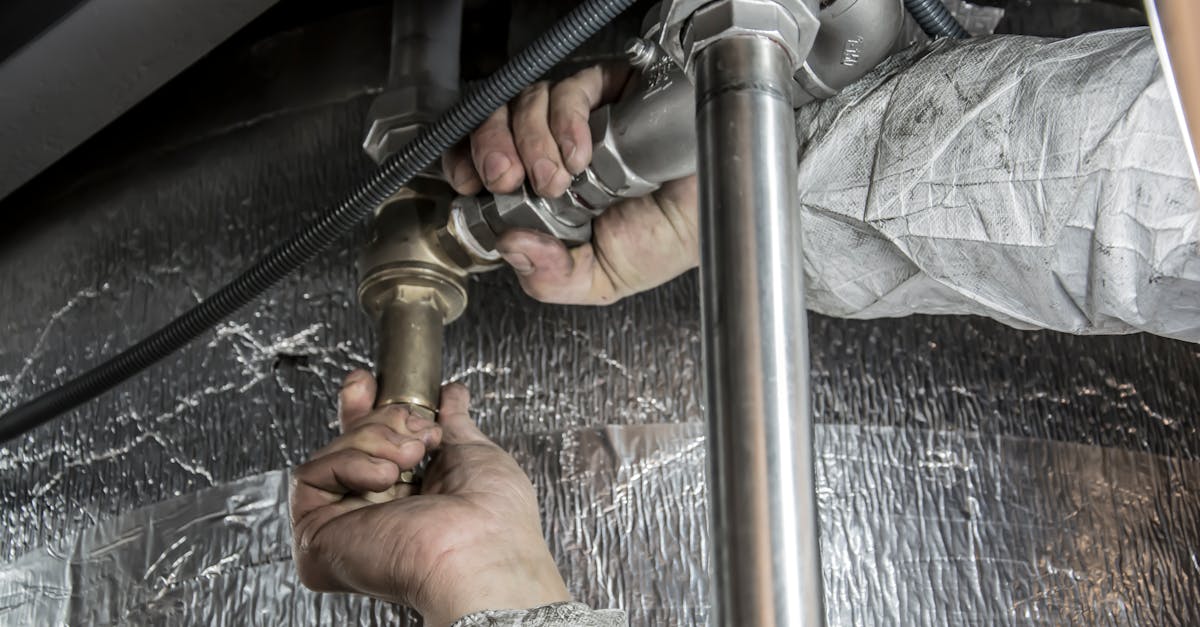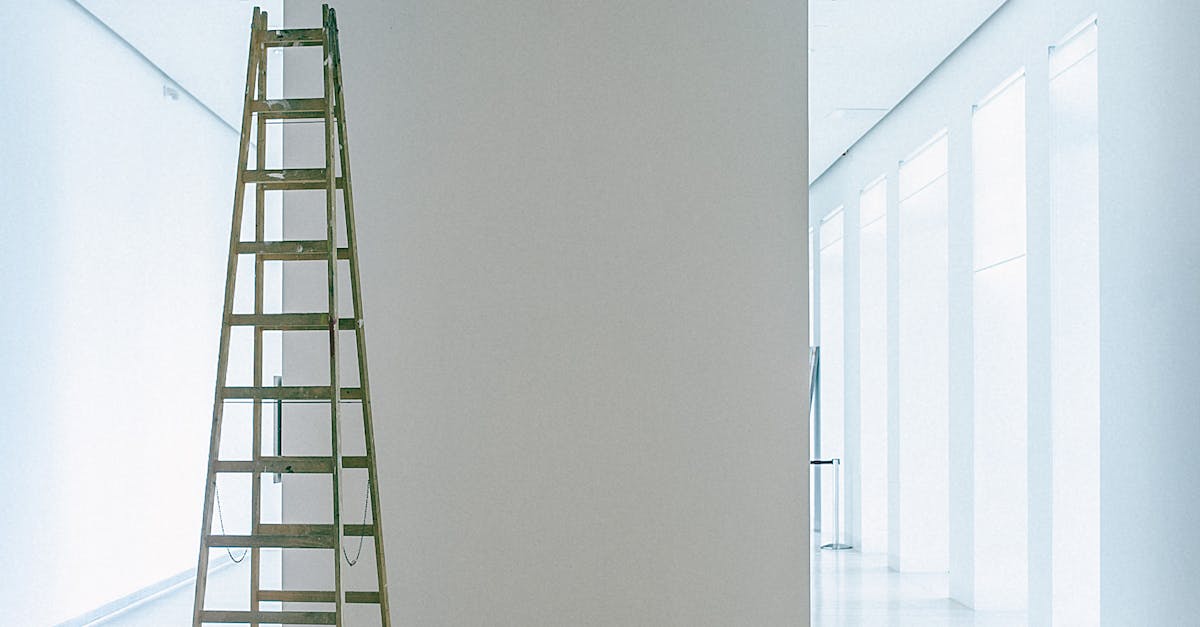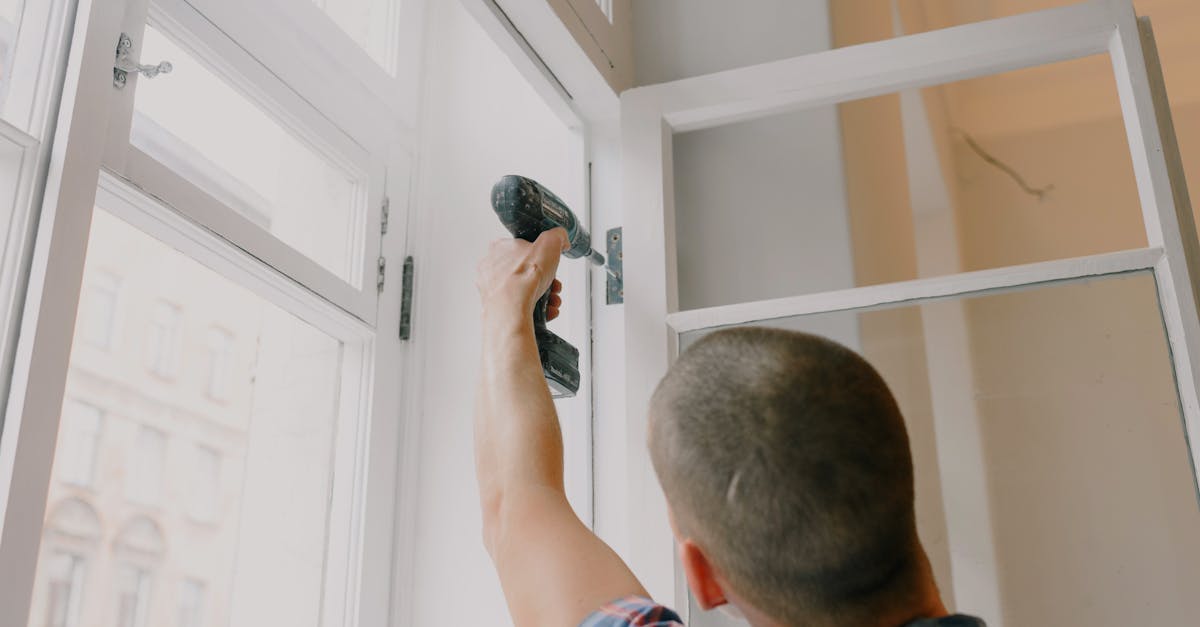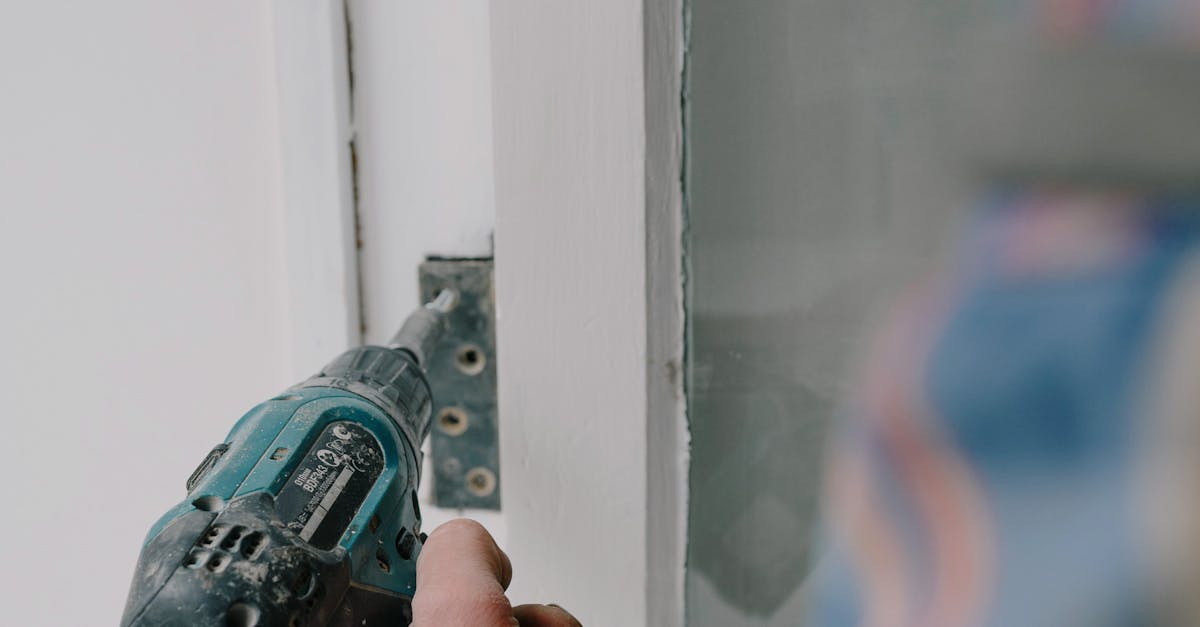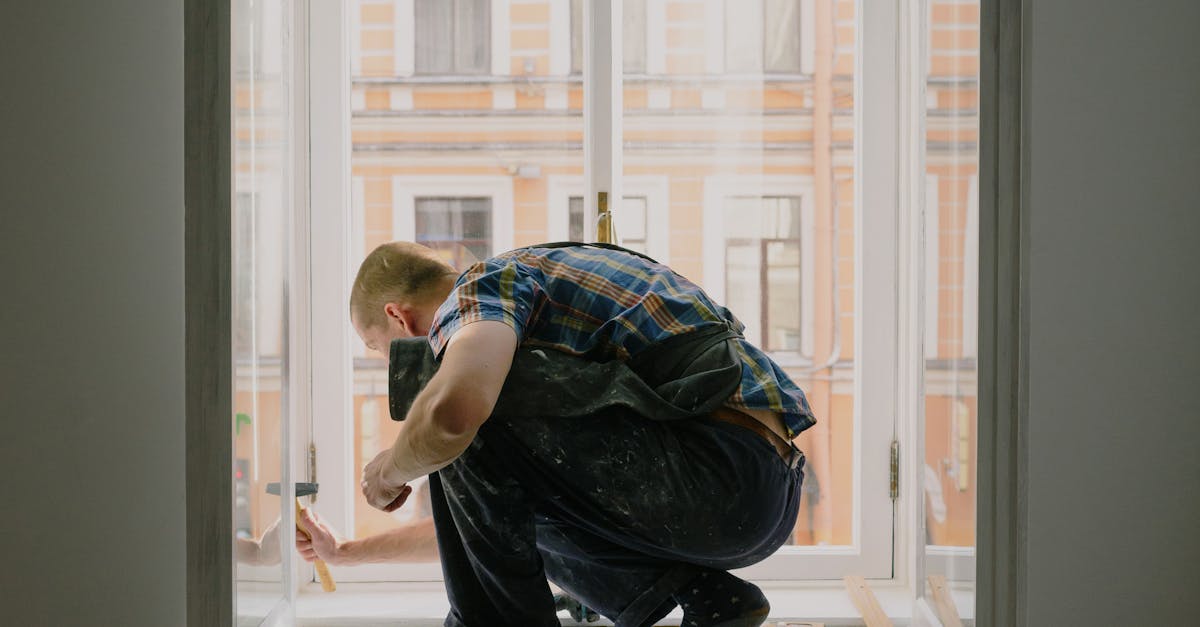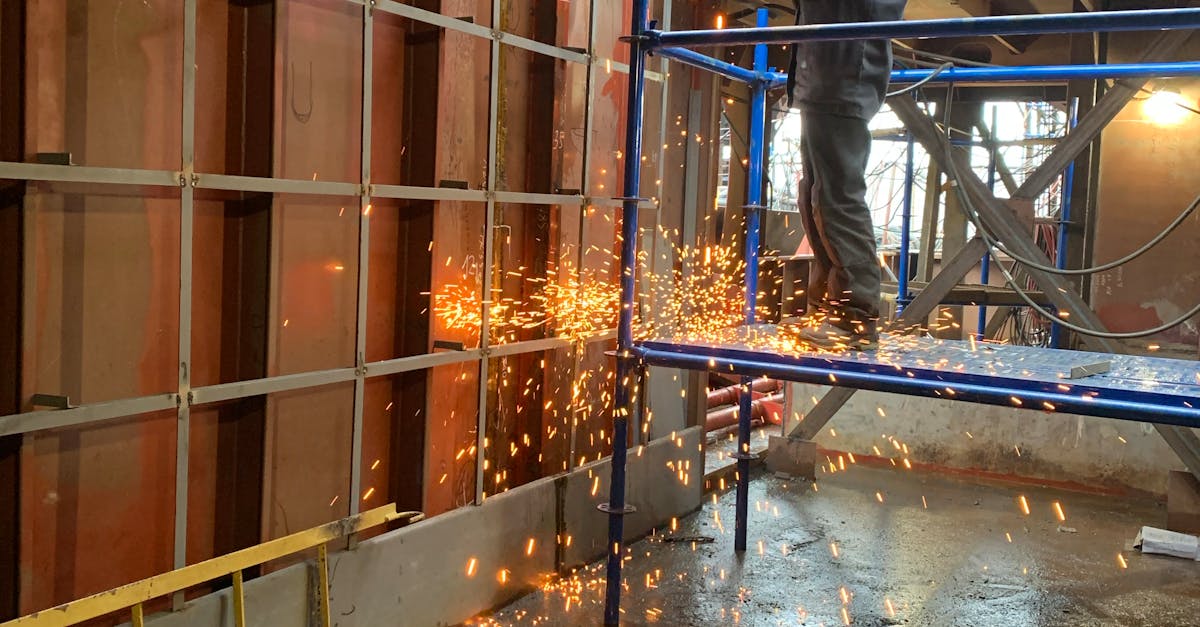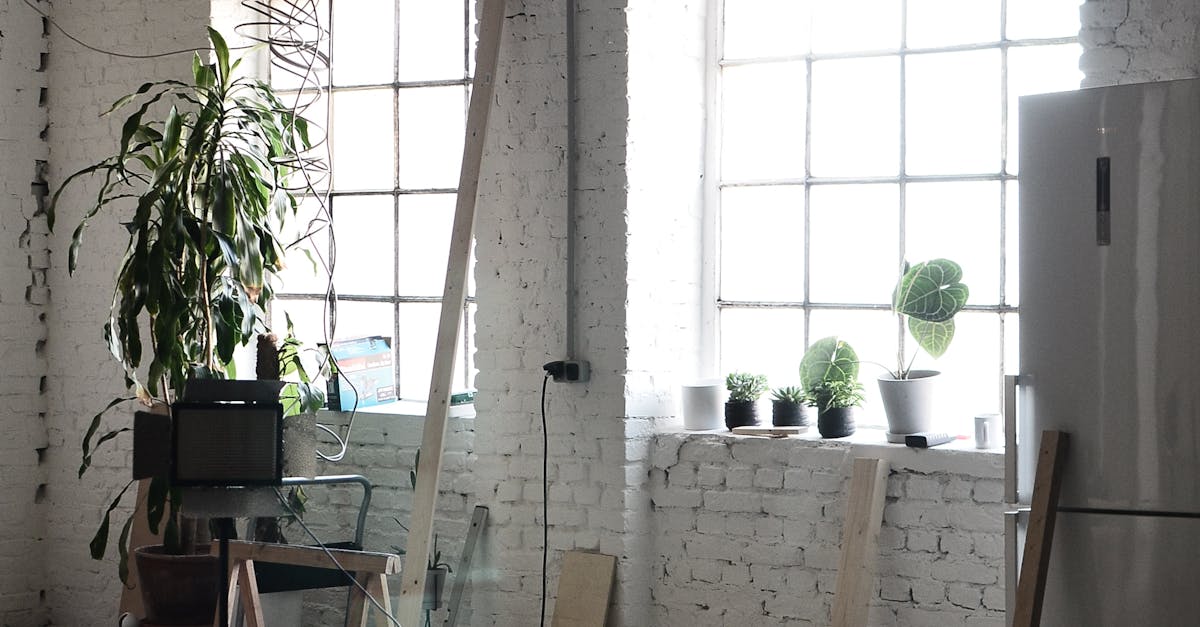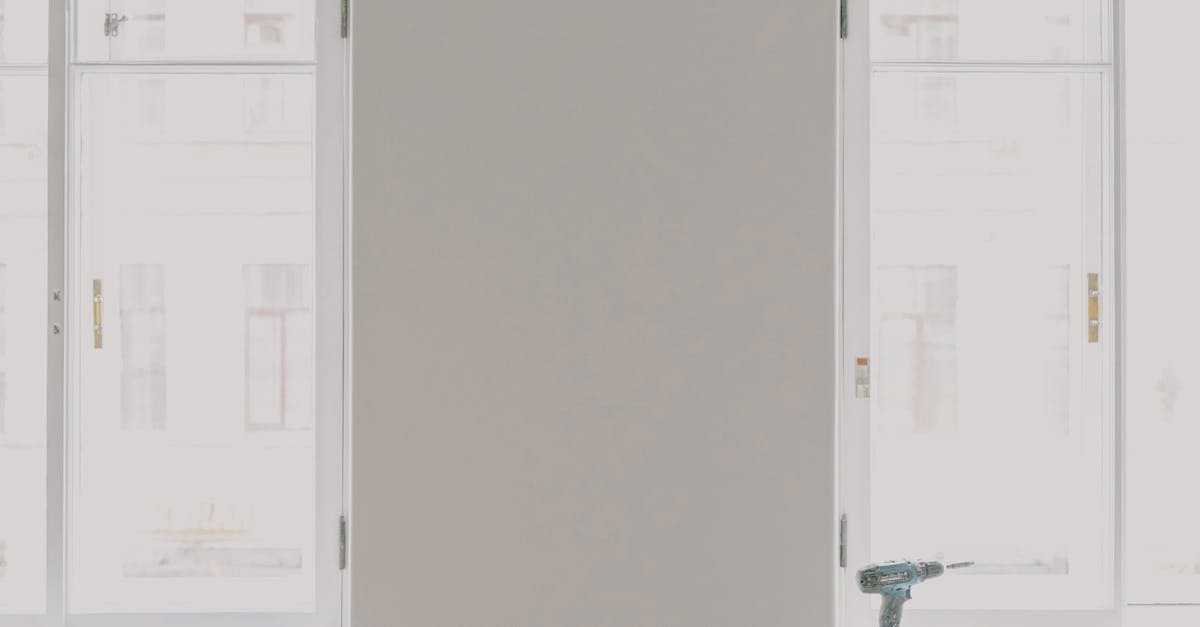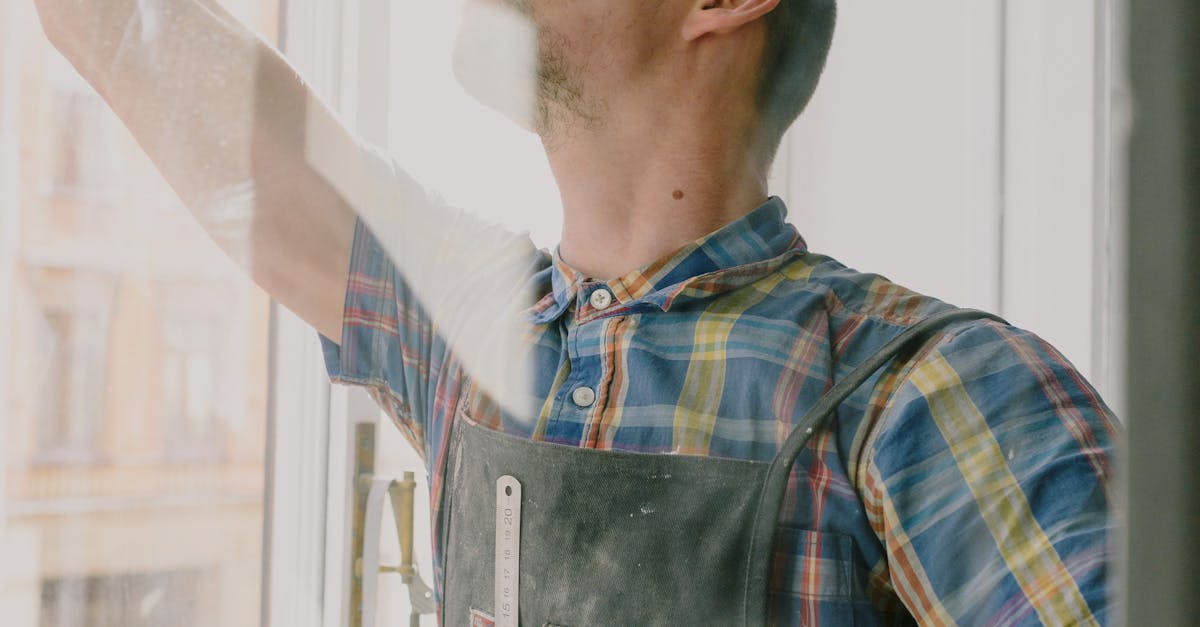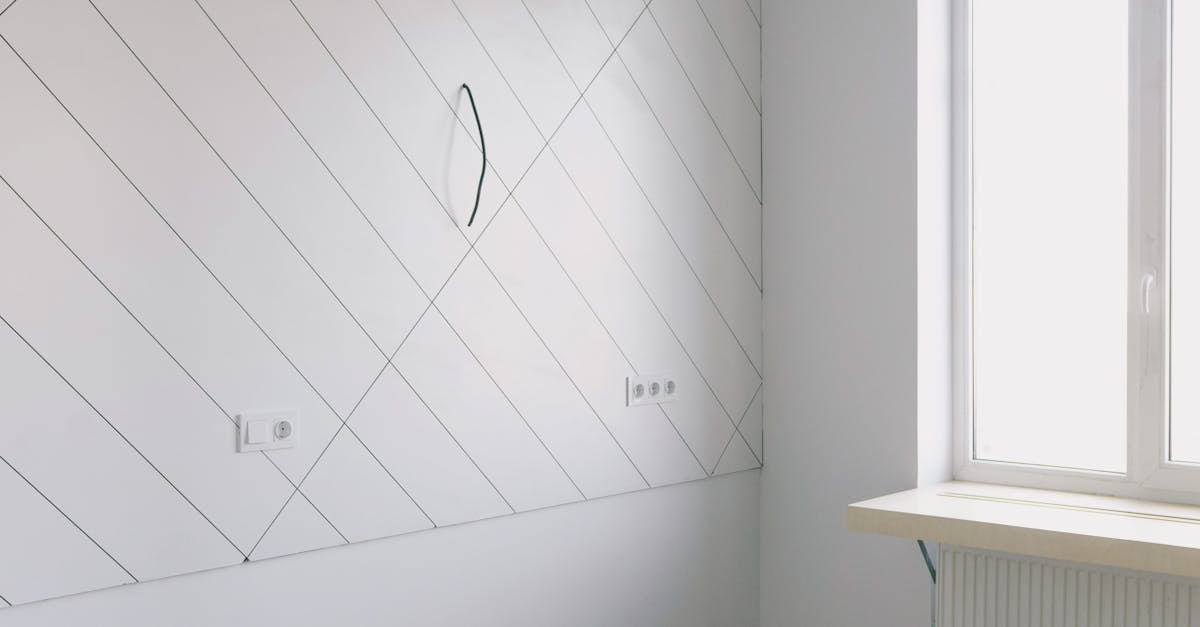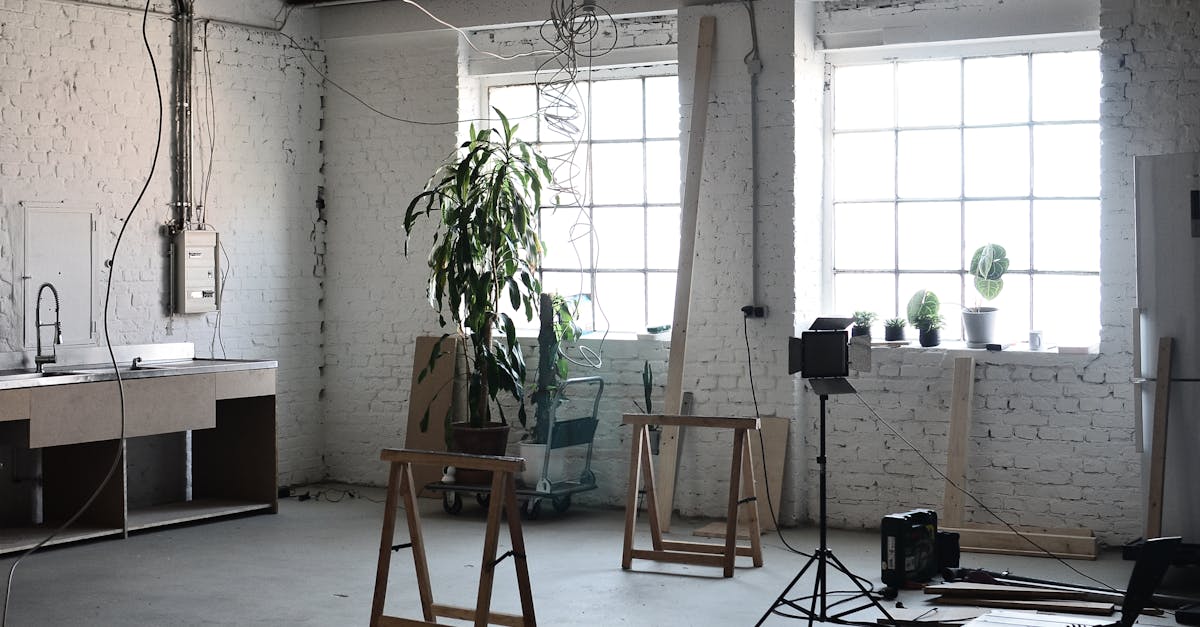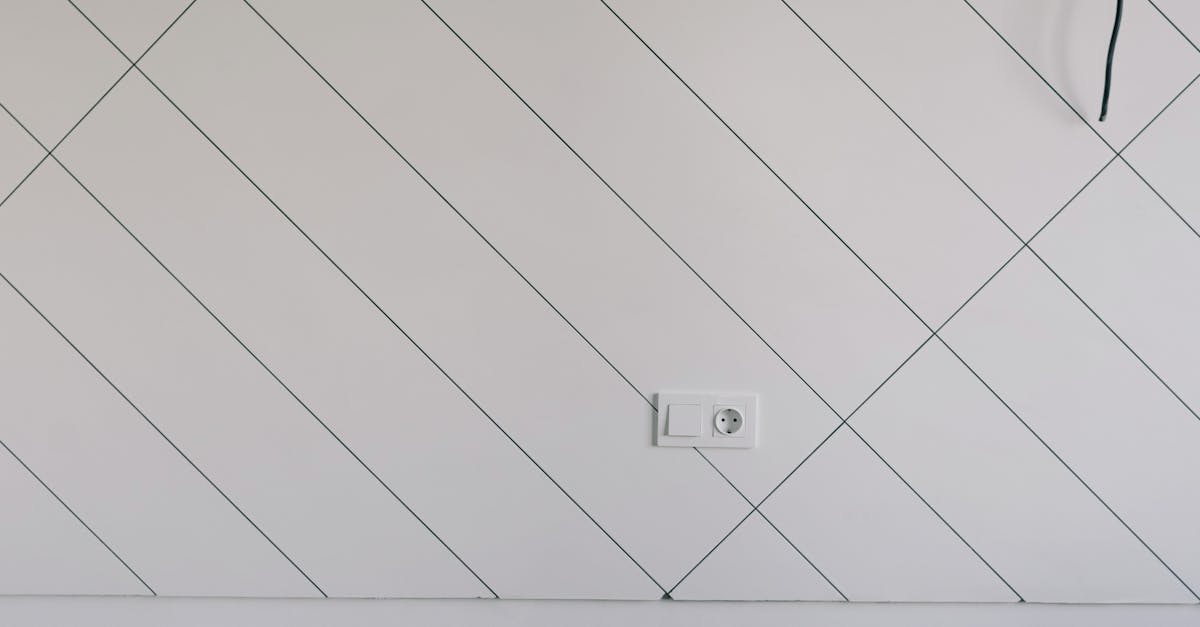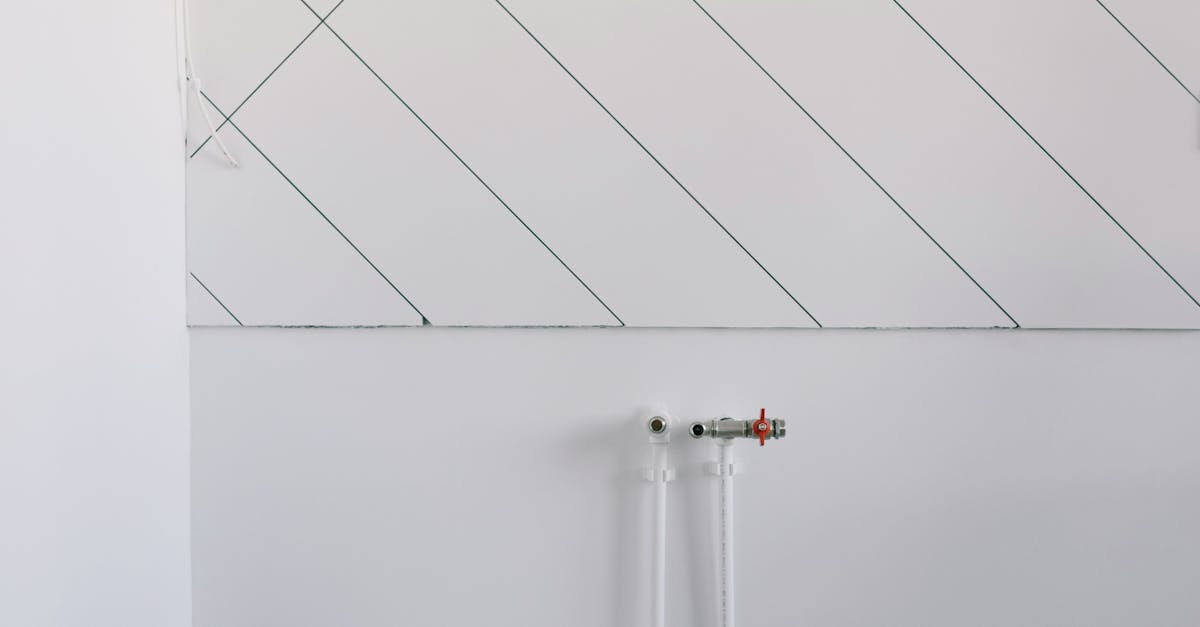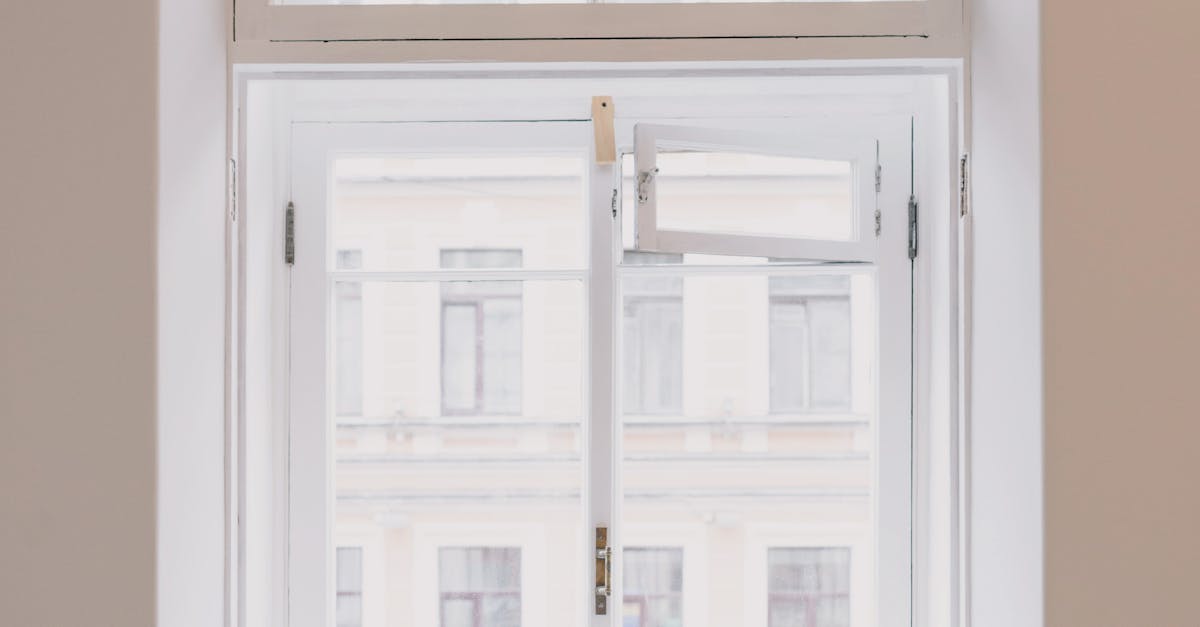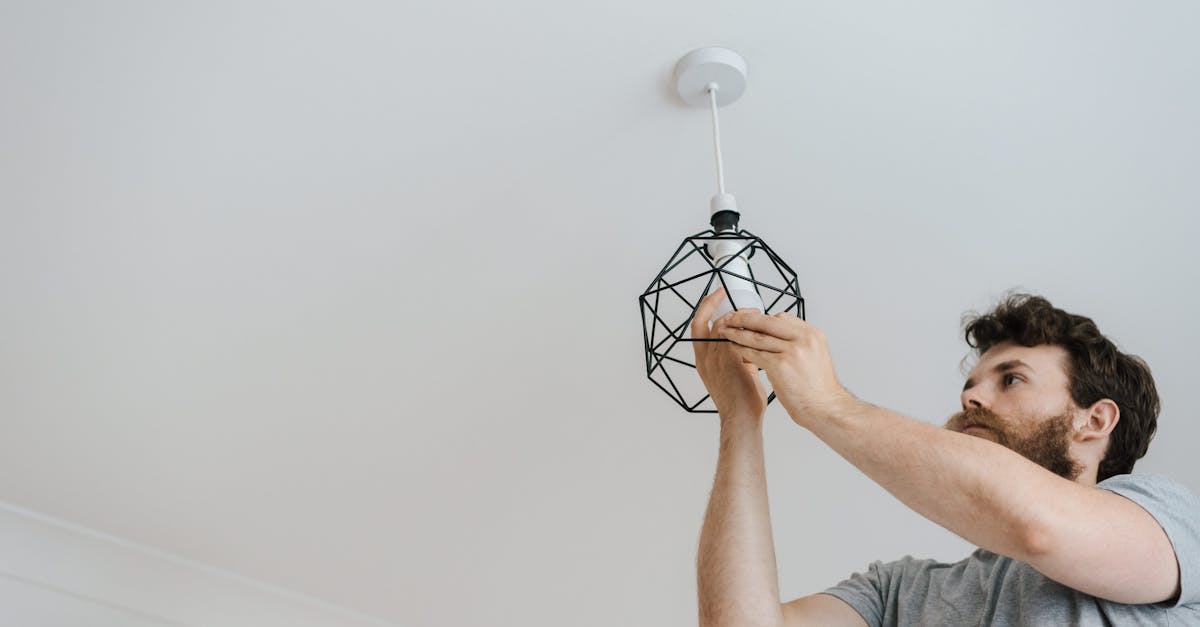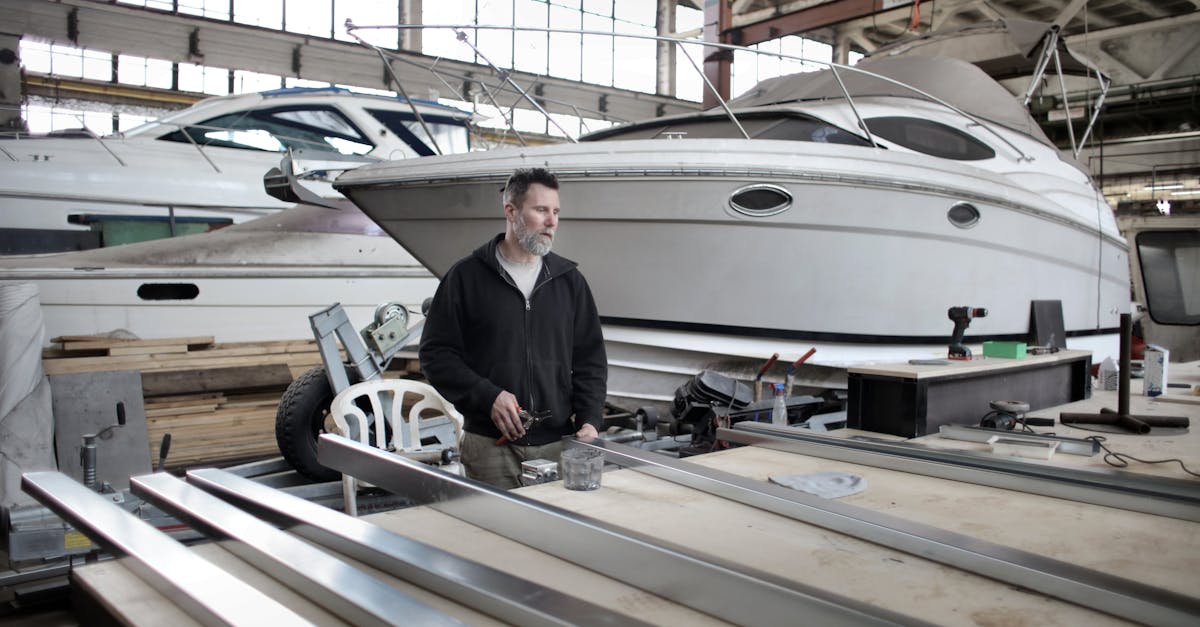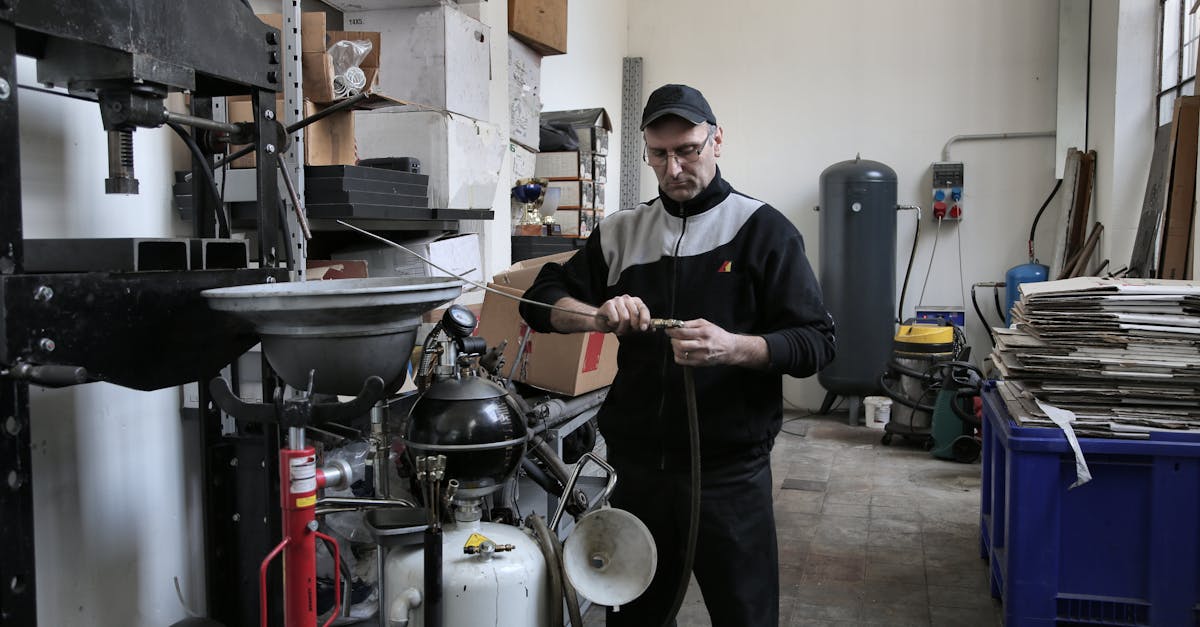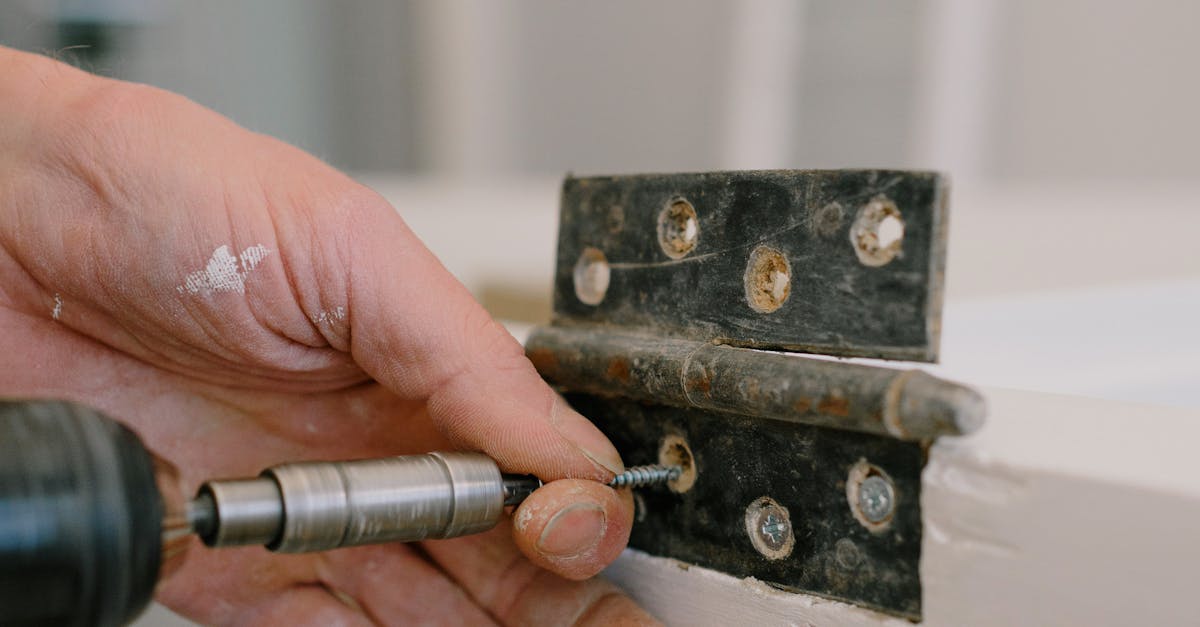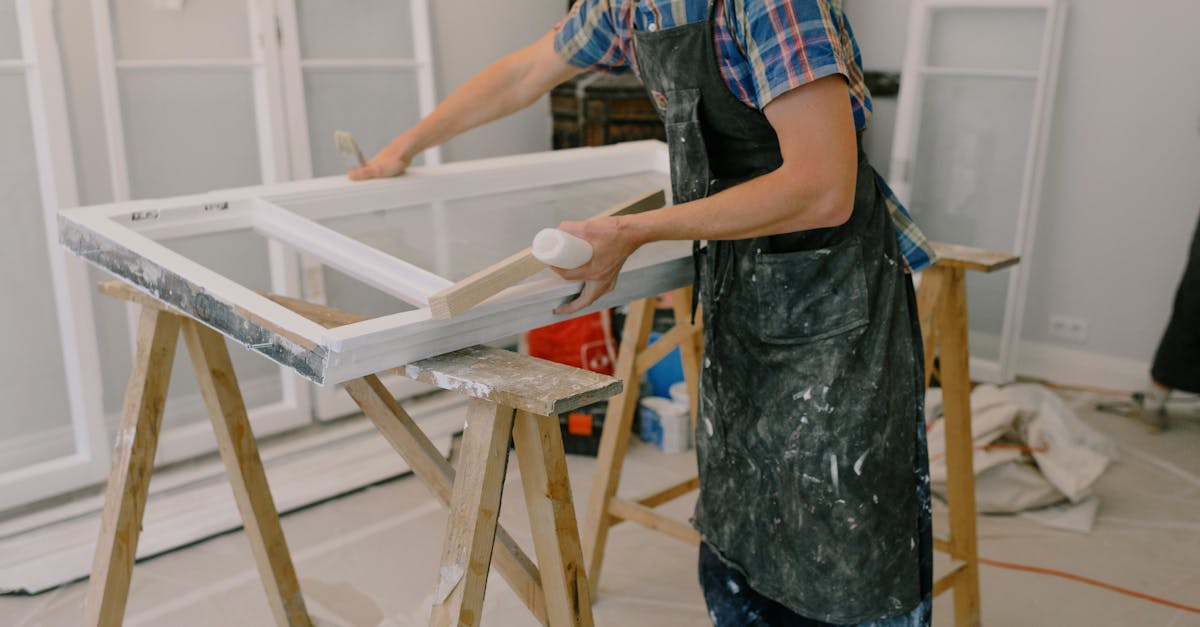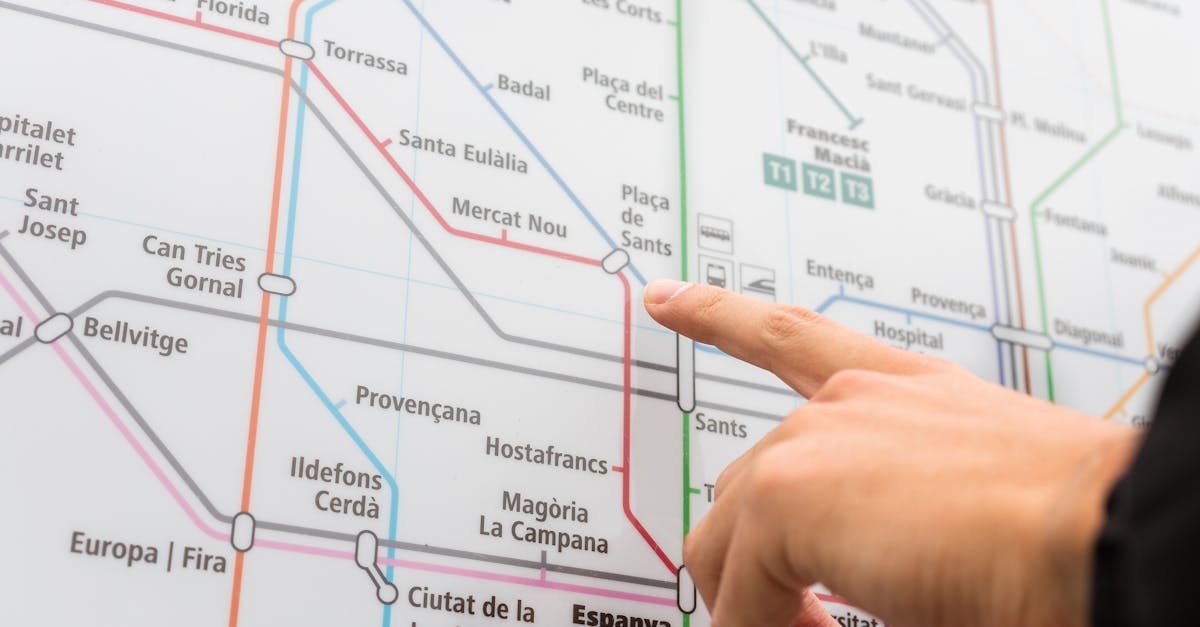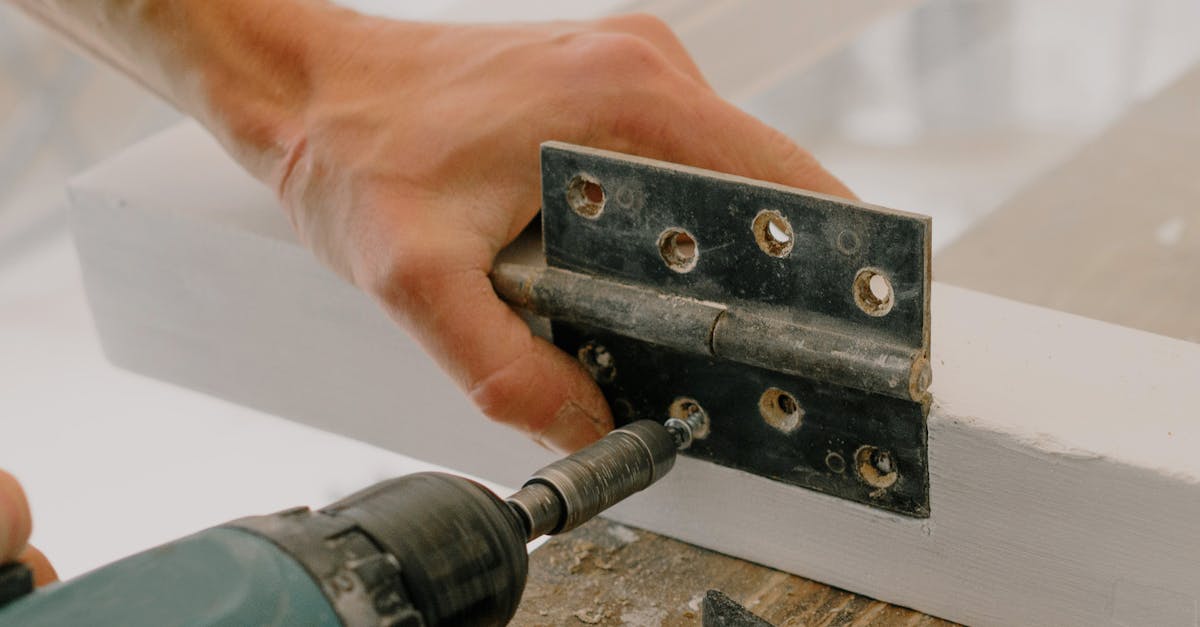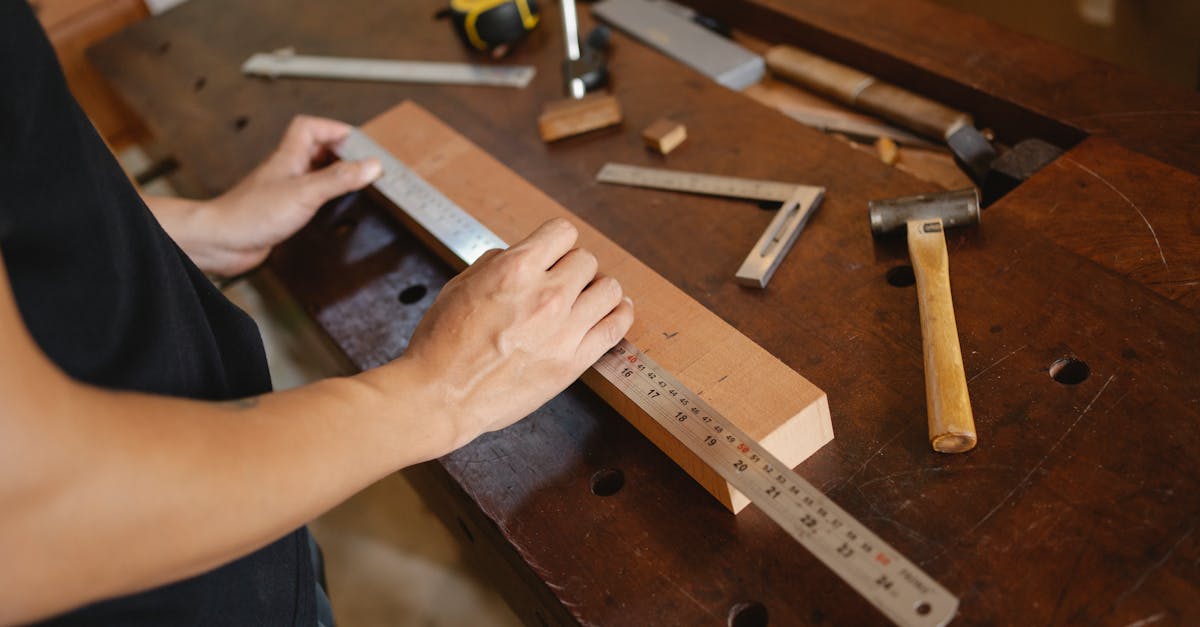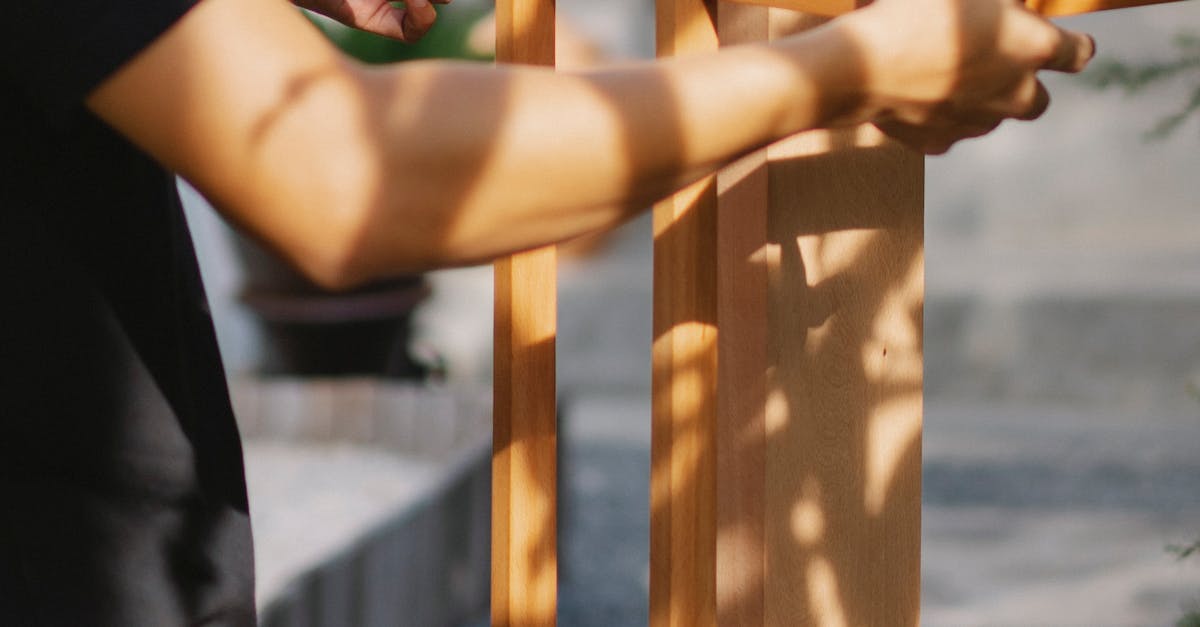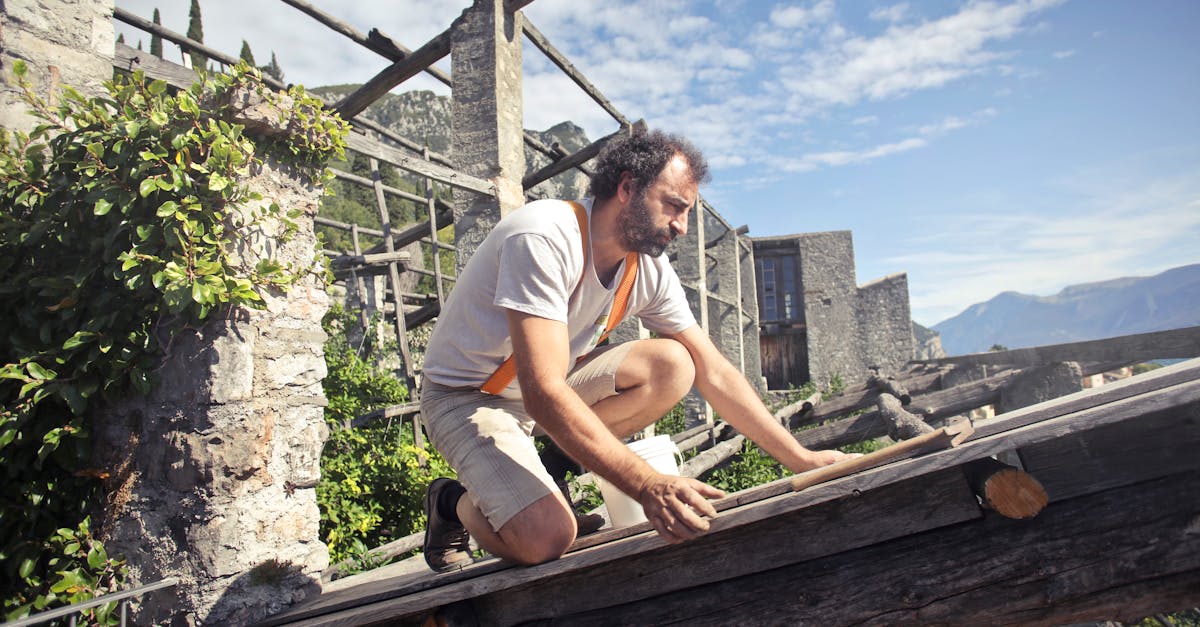
Table Of Contents
Safety Precautions for Homeowners
Homeowners must act swiftly if a gas line breaks. First, it is essential to evacuate the area immediately, taking all occupants and pets to a safe distance. Do not use electrical switches or devices, as sparks can ignite gas. Once at a safe distance, call emergency services or your gas provider to report the situation. They have the expertise to manage the potential hazards associated with gas leaks.
Regular maintenance is crucial to minimise risks associated with gas lines. Homeowners should schedule inspections to ensure the integrity of their gas systems. Understanding the importance of proper gas line installation and repair can prevent many issues before they escalate. It is advisable to keep a list of qualified professionals who can provide emergency services if problems arise. Taking these precautions will enhance safety for everyone in the household.
Preventative Measures to Avoid Breaks
Preventative measures are essential to maintain the integrity of gas lines and minimise the risk of breaks. Regular inspections by qualified professionals can identify potential issues before they escalate. Homeowners should be proactive in maintaining their property, ensuring that vegetation does not encroach on gas lines. Keeping the area around gas installations clear can help prevent accidental damage.
Gas line installation and repair should always be conducted by licensed technicians who understand local regulations and safety standards. Downstream from the installation, monitoring for any unusual sounds or smells can alert homeowners to potential problems. Educating residents about the importance of prompt reporting can facilitate quicker responses and ensure that any issues are professionally addressed before they result in a more serious incident.
Impact on the Surrounding Environment
When a gas line breaks, the immediate vicinity can face significant environmental impacts. The release of gas into the atmosphere can contribute to air pollution, affecting both air quality and the health of local fauna. If the broken line is located near water sources, gas can seep into the ground, potentially contaminating water supplies. This poses risks not only to aquatic life but also to the larger ecosystem, as toxins may disrupt natural habitats.
In addition to immediate concerns, there are longer-term effects to consider. The disruption caused by gas leaks can lead to soil degradation and affect plant growth, which in turn impacts local wildlife. Gas line installation and repair processes are crucial in mitigating these risks, as they help to detect and address potential vulnerabilities before they lead to environmental damage. Regular inspections and prompt repairs can help preserve both the ecosystem and community health.
Assessing Potential Environmental Damage
A broken gas line can have significant environmental repercussions, particularly if the leak occurs in areas close to natural habitats or water sources. The released gas, primarily methane, has the potential to displace oxygen in the soil, affecting plant life and soil microorganisms essential for a healthy ecosystem. Additionally, if the gas permeates groundwater systems, it can contaminate drinking water supplies, posing risks to both human and wildlife health.
Assessing the environmental damage from a gas line break requires thorough investigation and monitoring. Experts often use gas detection equipment to identify the extent of the leak, while soil and water samples are collected for analysis. In many cases, gas line installation and repair procedures include measures to rehabilitate affected areas, ensuring that natural processes can resume and encouraging the recovery of local flora and fauna. This assessment process is crucial to mitigate long-term impacts and restore ecological balance.
Repairing a Broken Gas Line
Repairing a broken gas line requires immediate attention to ensure safety and prevent further hazards. Initially, trained professionals assess the damage to determine the best course of action. This often involves shutting off the gas supply to mitigate risks. Depending on the extent of the break, repairs may include patching small leaks or replacing entire sections of the line. Gas line installation and repair specialists utilise specific tools and materials designed for durability and safety.
Following the initial assessment, technicians will proceed with the necessary repairs. They will often dig as required to access the damaged line, ensuring all safety protocols are observed throughout the process. After the repairs, tests are conducted to verify the integrity of the gas line and confirm that no leaks remain. Comprehensive inspections ensure compliance with local regulations, which is crucial in maintaining household safety and environmental protection.
Overview of Repair Procedures
Repairing a broken gas line requires a methodical approach to ensure safety and restore functionality. Initially, the area surrounding the break must be securely cordoned off to prevent any risk of accidents. Professionals will typically conduct a thorough assessment to identify the source of the leak. This involves using specialised equipment, which detects gas concentrations in the air, allowing for precise pinpoints of the issue. Once located, the damaged section is carefully excavated to minimise disruption to other services and structures.
Gas line installation and repair often involves replacing the compromised section with new piping materials that meet regulatory standards. After the installation, technicians conduct pressure tests to confirm the integrity of the line. Following successful testing, the site is backfilled, and any disturbed landscaping or surfaces are restored. This meticulous process ensures that safety is prioritised throughout, effectively mitigating any potential hazards while reinstating the gas supply for necessary functions.
FAQS
What should I do immediately if I suspect a gas line has broken?
If you suspect a gas line has broken, evacuate the area immediately and avoid using any electrical devices, flames, or sparks. Contact your gas supplier or emergency services from a safe distance.
How can I tell if there is a gas leak in my home?
Signs of a gas leak include a distinct sulphur or rotten egg smell, hissing sounds near gas lines, and dead or discoloured vegetation around the area. If you notice any of these signs, take immediate action.
What are the environmental impacts of a broken gas line?
A broken gas line can lead to air pollution due to gas emissions, potential contamination of soil and water sources, and can adversely affect local wildlife and vegetation.
How often should I have my gas lines inspected?
It is recommended to have your gas lines inspected at least every 1 to 3 years, or more frequently if you experience any issues or if your property is older.
What steps are involved in repairing a broken gas line?
Repairing a broken gas line typically involves identifying the location of the leak, excavating the area, replacing or sealing the damaged section, conducting pressure tests, and finally restoring the surface. Always hire a qualified professional for repairs.
